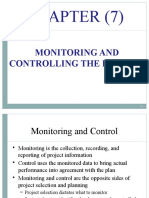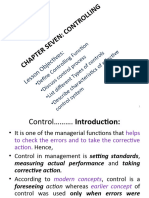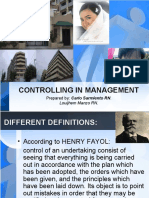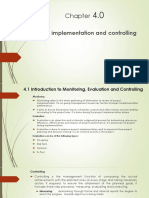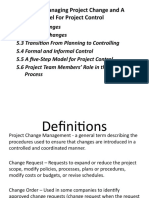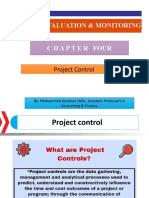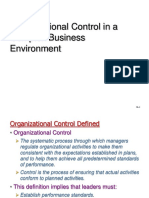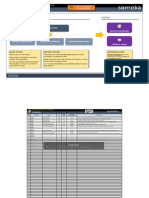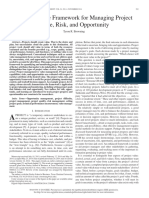0% found this document useful (0 votes)
6 views61 pagesChapter 2 Monitoring and Control
The document outlines the principles of project monitoring and control, emphasizing the need to track project progress against planned objectives, costs, and quality. It details the steps involved in monitoring, including data collection, analysis, and corrective actions, as well as the importance of establishing a control system to ensure project goals are met. Additionally, it introduces tools like Earned Value Management for performance measurement and forecasting project completion and costs.
Uploaded by
mussa saleem kichaweleCopyright
© © All Rights Reserved
We take content rights seriously. If you suspect this is your content, claim it here.
Available Formats
Download as PPTX, PDF, TXT or read online on Scribd
0% found this document useful (0 votes)
6 views61 pagesChapter 2 Monitoring and Control
The document outlines the principles of project monitoring and control, emphasizing the need to track project progress against planned objectives, costs, and quality. It details the steps involved in monitoring, including data collection, analysis, and corrective actions, as well as the importance of establishing a control system to ensure project goals are met. Additionally, it introduces tools like Earned Value Management for performance measurement and forecasting project completion and costs.
Uploaded by
mussa saleem kichaweleCopyright
© © All Rights Reserved
We take content rights seriously. If you suspect this is your content, claim it here.
Available Formats
Download as PPTX, PDF, TXT or read online on Scribd
/ 61




